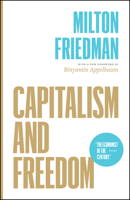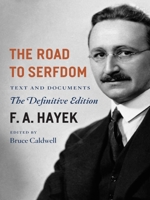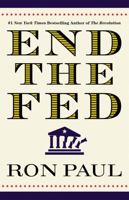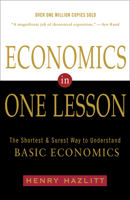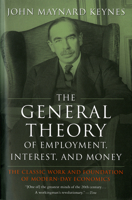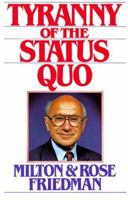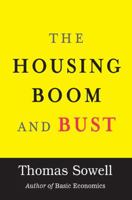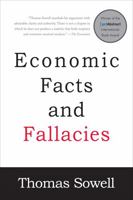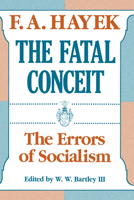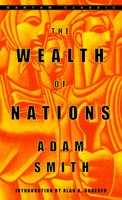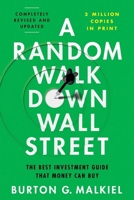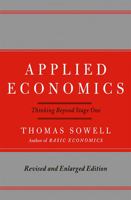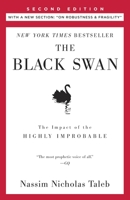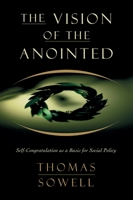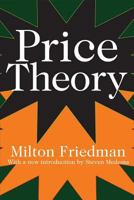Money Mischief: Episodes in Monetary History
Select Format
Select Condition 
Book Overview
You Might Also Enjoy
Customer Reviews
Rated 5 starsReview for a Nobel Prize winner...
Review by a non Nobel Prize winner: Dirty details of the progress of our United States Currency are the theme of this book. If you like the arithmetic to pop out as you look at text, and are one who likes absorbing and detailed accounts which provide tools for thought, you should like this collection of papers and essays on money. I did.
1Report
Rated 5 starsAIMED AT MONETARY ECONOMISTS, NOT A GENERALIST BOOK
Many of Milton Friedman's previous books, especially "Free to Choose" are aimed at a popular audience, supporting the cause for freedom in many different aspects of society. With it, this book shares the brilliance and throughness of thought employed by Friedman, perhaps the most well known (if not the best) economist of the 2nd half of the 20th century. In "Money Mischief" Friedman enters the realm of monetary economics,...
0Report
Rated 5 starsA great introdcution to the importance of monetary policy
I must confess of my unbounded admiration for Milton Friedman. He has contributed so much to our understanding of the effects of monetary policy and has been such a tireless advocate for freedom that I must admit I am not impartial in any way, so readers beware.This book examines 10 different episodes in world history in which seemingly trivial policy choices towards money had profound, unexpected, and unforeseen consequences...
1Report
Rated 5 starsFriedman?s Case Against the Government Is Crystal Clear
Imagine a grand winning case that is laid before the Supreme Court to change the course of modern life around the world. Friedman starts at the very beginnings of money and traces its evolution in copious detail. As proceedings finally reach the summation which is the final chapter: "Monetary Policy in a Fiat World." I see the court in a unanimous wonderment over the masterful job that has been done by Friedman. Well, the...
0Report
Rated 5 starsA wonderful book!
I am not an economist. This book opened my eyes to how the government influences the economic progress of us all through money supply. It is easy to read and understand. I highly recommend it to any lay people with an interest in why we are subject to economic catastrophies. I would be very interested in other readers views on this book, so please email me at dgmw@hotmail.com .
1Report














